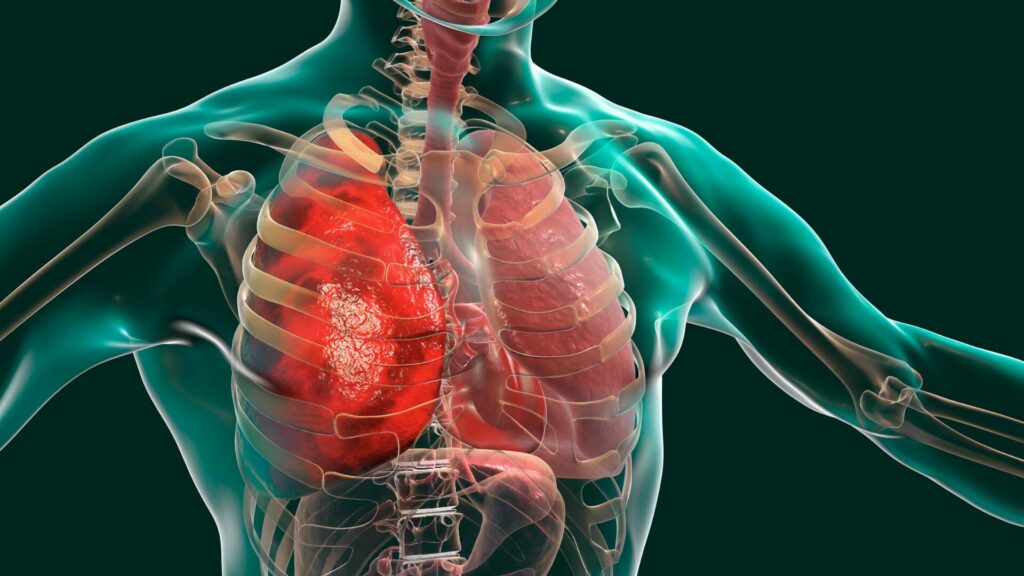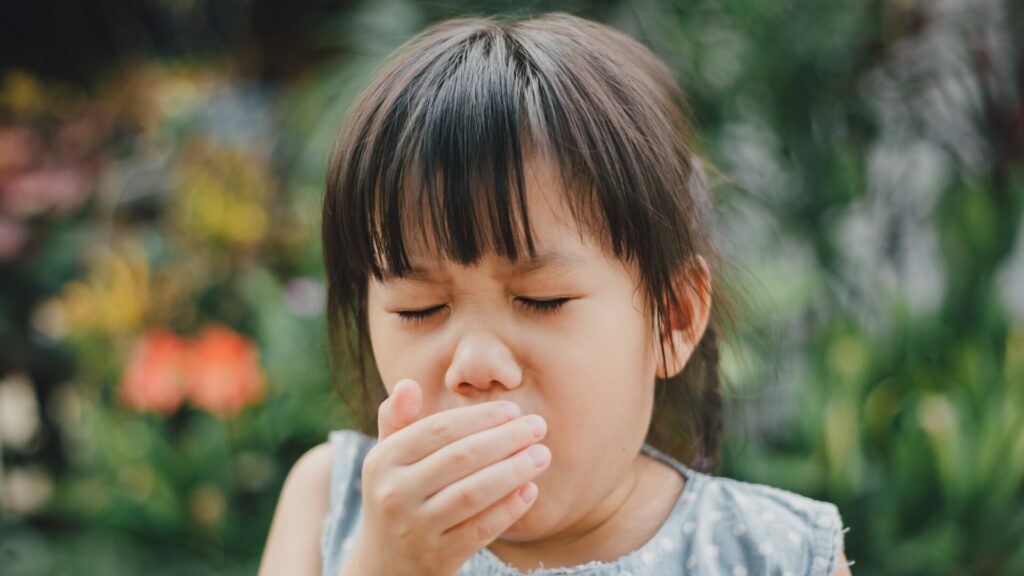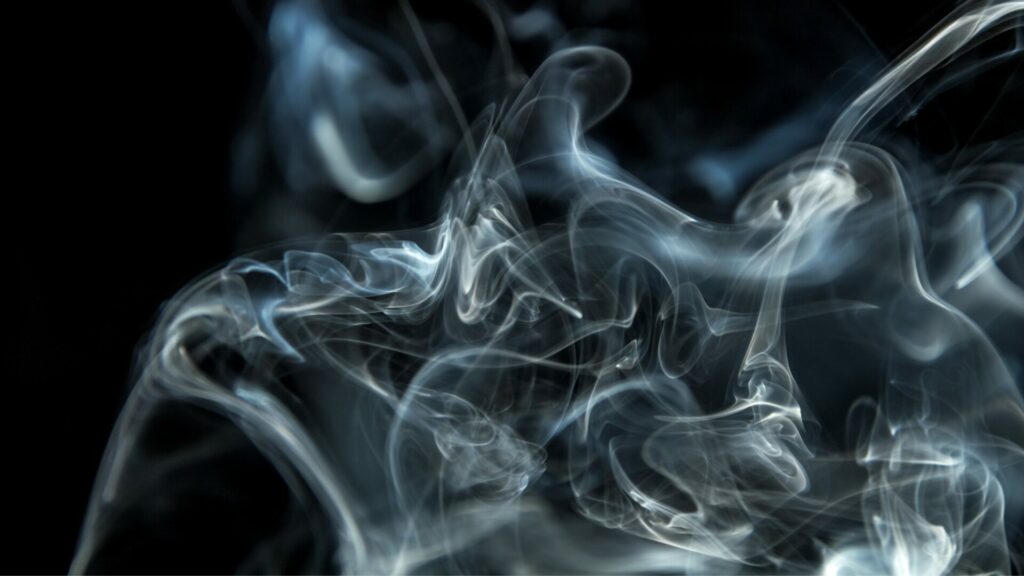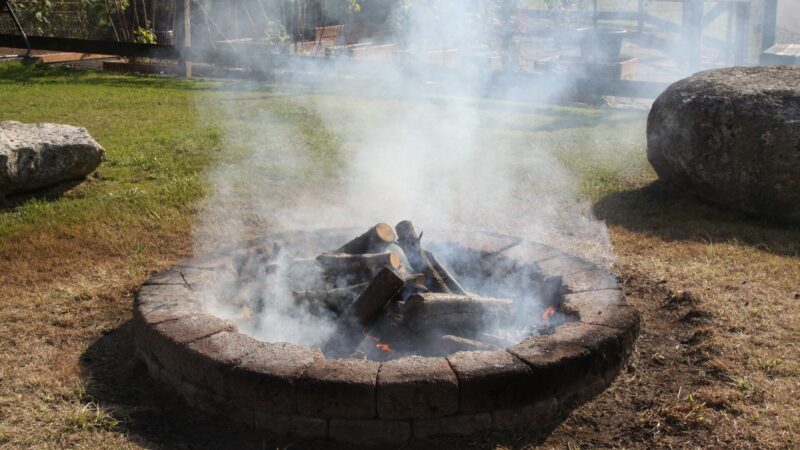Table of Contents Show
The colors of fall beckon us to experience the great outdoors. For many of us, pumpkin festivals, apple orchard picking, and weekend camping trips define the fall season. But along with these activities come cooler temperatures. One danger of warming yourself by the campfire is smoke inhalation.
Although serious symptoms of smoke inhalation aren’t common, you’ll want to take action before a simple cough turns into an airway full of soot. Today, we’re diving into the topic of smoke inhalation and looking at the causes, symptoms, and treatments for this potentially dangerous problem.
Pro Tip: Check out this article on How to Get Campfire Smoke Smell Out of Your Hair to stay fresh longer while camping!
What Is Smoke Inhalation?
Smoke inhalation is when you breathe in the products of a fire. These gases and heated particles usually only cause mild irritation to someone’s eyes, throat, or lungs. Anytime you’re around someone who smokes, you’re outside with wildfire smoke, or sitting near a campfire, you’re in danger of smoke inhalation.
What Causes Smoke Inhalation?
Combustion results from the rapid breakdown of something by heat. We call this burning. When burning occurs, smoke is released. Every fire produces a slightly different smoke composition because of the burned products and the amount of oxygen present.
When you’re around a lot of smoke, you can suffer from simple asphyxiation because the combustion process uses the available oxygen. Smoke inhalation can also cause skin and mucous membrane damage because of the chemicals released by combustion.
Carbon monoxide is released during burning. This dangerous gas can inhibit the delivery of oxygen to cells, which then causes them to die. All of these factors cause the problems associated with smoke inhalation.

What Kinds Of Problems Can Smoke Inhalation Cause?
When you breathe in smoke, you may feel your throat irritated or your eyes get watery or itchy. Often, these types of mild problems are all you experience. Thankfully, we’ve never suffered from more severe symptoms of smoke inhalation while camping around a fire.
However, you can also experience loss of oxygen, swelling of airways, or chemical irritation in your lungs. These problems are far more serious and can lead to dangerous consequences.
Typically, most people only experience these issues when they’ve been in an enclosed space where the burning has occurred, have been exposed for hours to smoke, or have pre-existing medical conditions like respiratory or heart disease.
What Are the Symptoms Of Smoke Inhalation?
Smoke inhalation can cause coughing, shortness of breath, or hoarseness no matter the length of time you’ve spent by a fire. Eye irritation and headache are also common symptoms of smoke inhalation. More severe signs include soot around the nasal passages, skin color changes, nausea or vomiting, and drowsiness or confusion.
In particular, carbon monoxide poisoning symptoms are headaches, nausea, and vomiting. Sometimes, no other symptoms present themselves, so carbon monoxide poisoning can go undetected.

When Should You Seek Medical Help For Smoke Inhalation?
In some cases, symptoms of smoke inhalation may not appear until a day later. If you experience shortness of breath, trouble breathing, intense hoarseness, coughing spells, or mental confusion, you must seek medical help.
If you have a pre-existing medical condition that could intensify the signs of smoke inhalation, we recommend seeking medical aid before you experience such problems. Getting advice on how to better prepare yourself or your family during a medical emergency is always beneficial.
How Is Smoke Inhalation Treated?
You don’t have to go to an emergency room for smoke inhalation, although that is an option. Urgent care centers are also equipped to handle these symptoms. You might even get an appointment with your primary care doctor. The important thing is to get your “ABCs” checked: airways, breathing, and circulation.
However, if you’re struggling to breathe, experiencing severe dizziness or confusion, or any other signs of serious problems, call an ambulance or get to the emergency room quickly. Depending on the severity of the smoke inhalation, a doctor may order a chest x-ray, check your oxygen levels, or draw blood. Often, people are given inhalers or pain medications and released after a thorough exam.
On the other hand, you may require more serious procedures and treatment. If you need oxygen, personnel will insert a nose tube or mask. Upper airway problems may require intubation. A doctor may perform a bronchoscopy to see how much damage has been done to your lungs. To treat carbon monoxide poisoning, personnel may give you oxygen in a compression chamber. This treatment is called hyperbaric oxygenation.
Can Smoke Inhalation Cause Death?
Carbon monoxide poisoning as a result of smoke inhalation can cause death. The Centers for Disease Control and Prevention reports that over 100,000 people visit emergency rooms with symptoms of carbon monoxide poisoning each year. Sadly, about 420 people die annually. These deaths aren’t just results of smoke inhalation, though, as carbon monoxide poisoning also results from fumes produced by furnaces, vehicles, stoves, and portable generators.
According to the American Burn Association, “The odds of a U.S. resident dying from exposure to fire, flames or smoke is one in 1,442. Fire and inhalation deaths are combined because deaths from thermal burns in fires cannot always be distinguished from deaths from inhalation of toxins in smoke.” This equals to over 3,200 yearly deaths. So, yes, fatalities result from severe smoke inhalation.

Stay Safe While Camping And Enjoying Campfires!
There’s nothing like sitting around a campfire with a mug of hot chocolate in the cool fall months. These camping moments are some of our best memories as we’re just chilling and enjoying the night environment. However, pay attention to the symptoms of smoke inhalation. Don’t allow your perfect getaway to turn into a nightmare. Stay safe this camping season by recognizing the early signs of a potentially dangerous problem!






